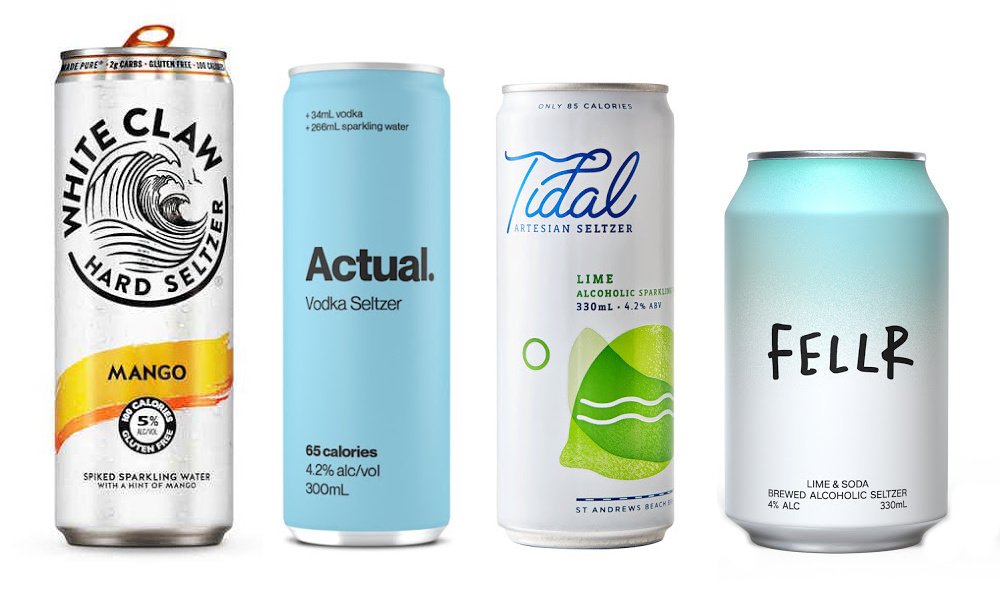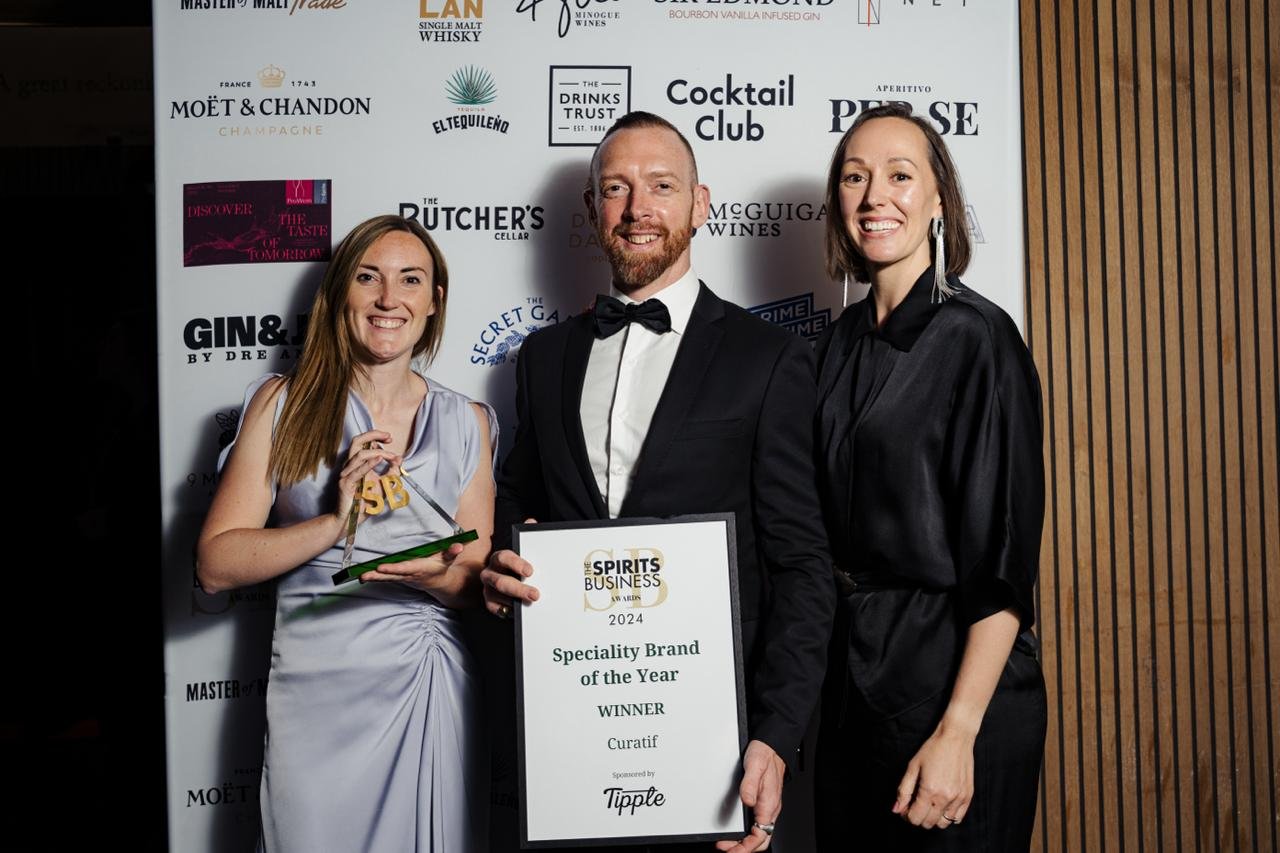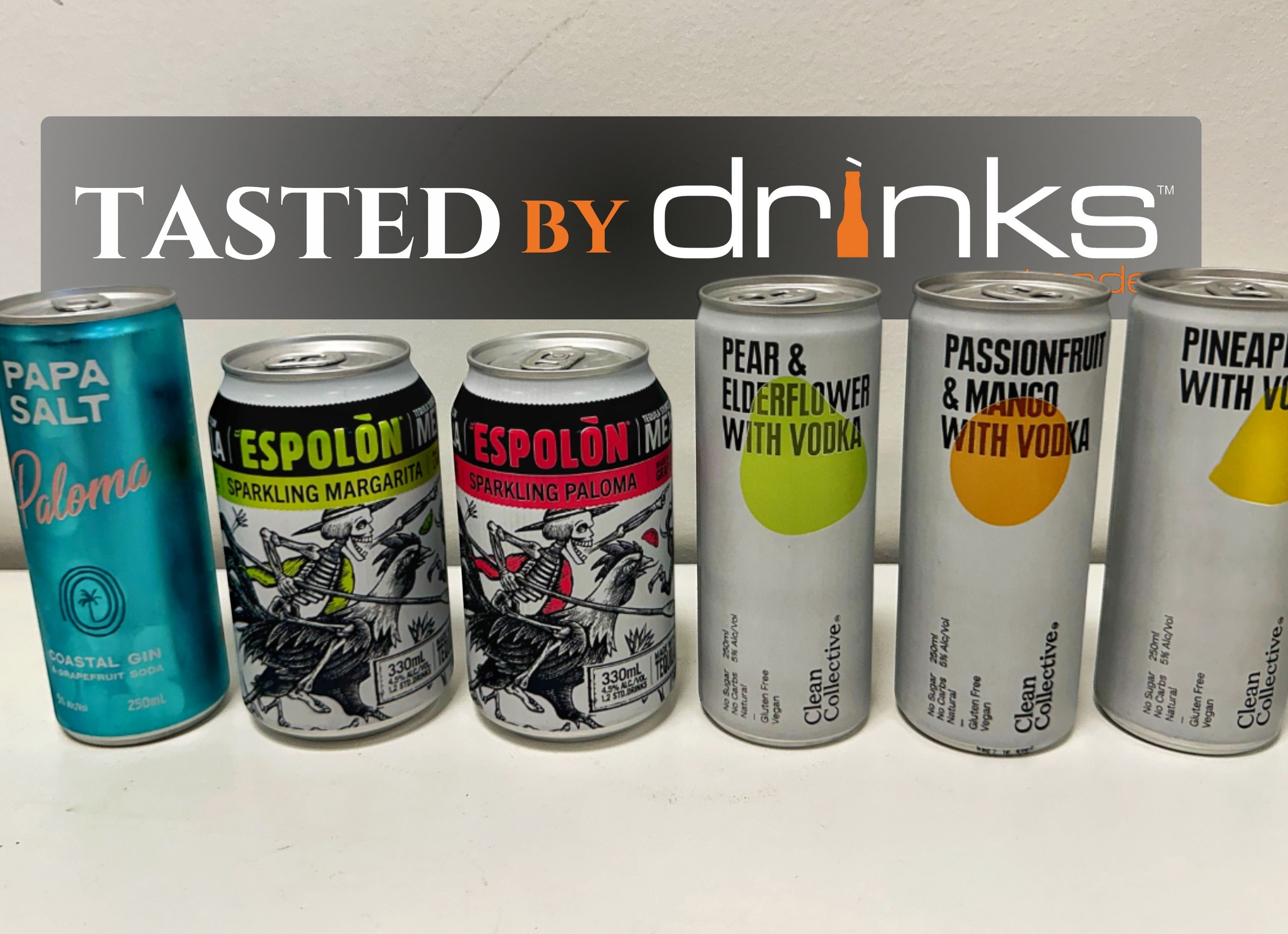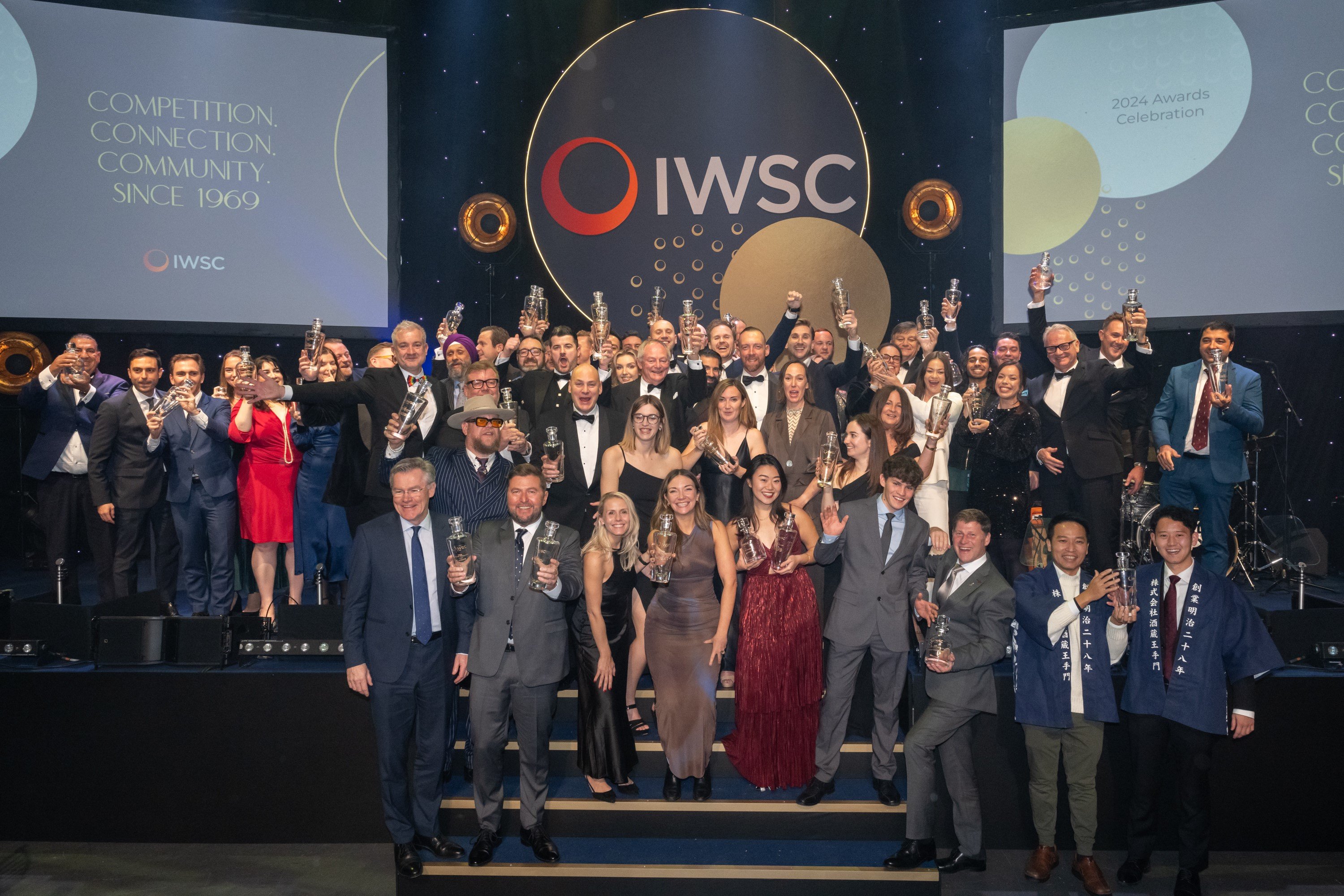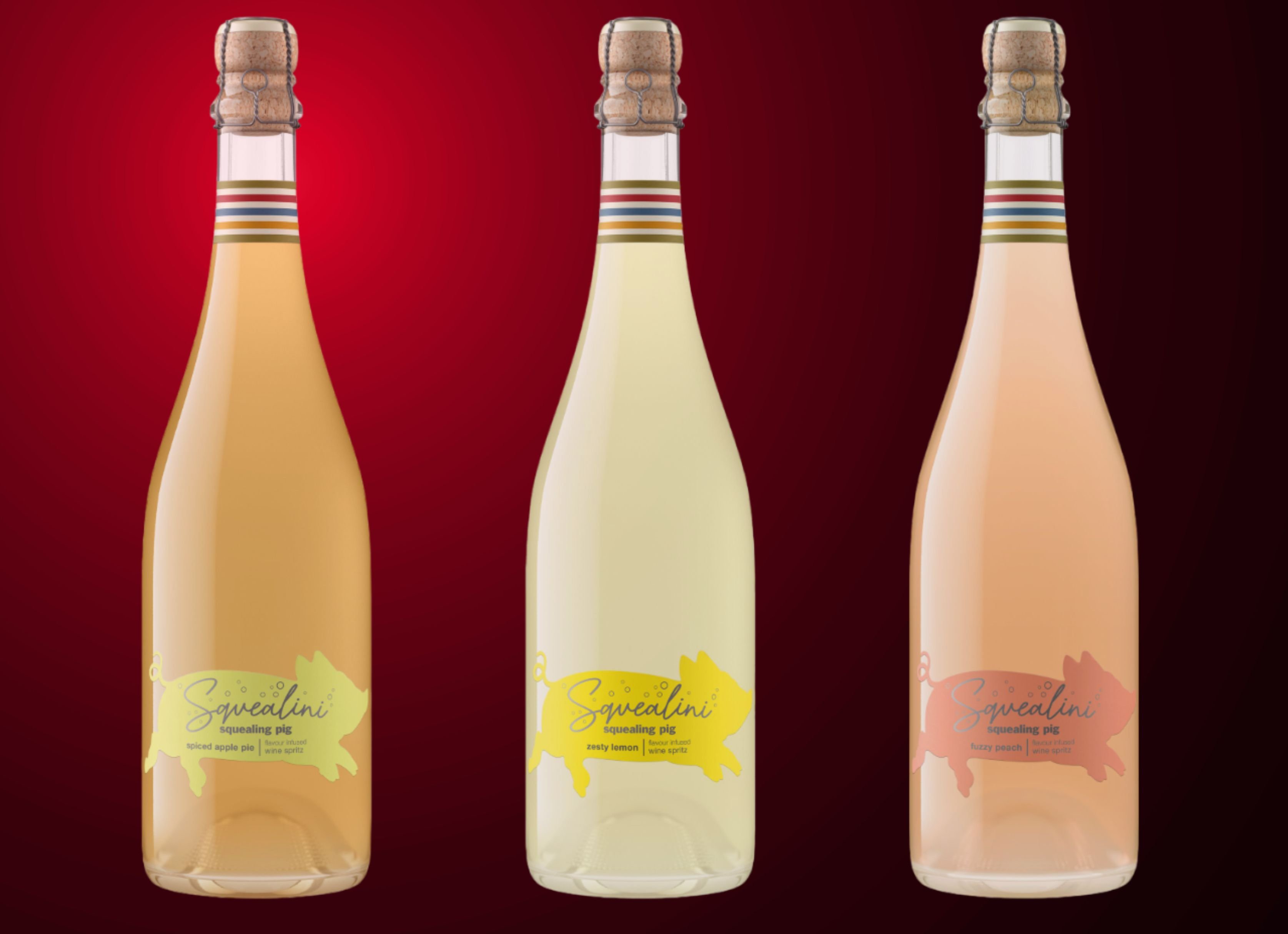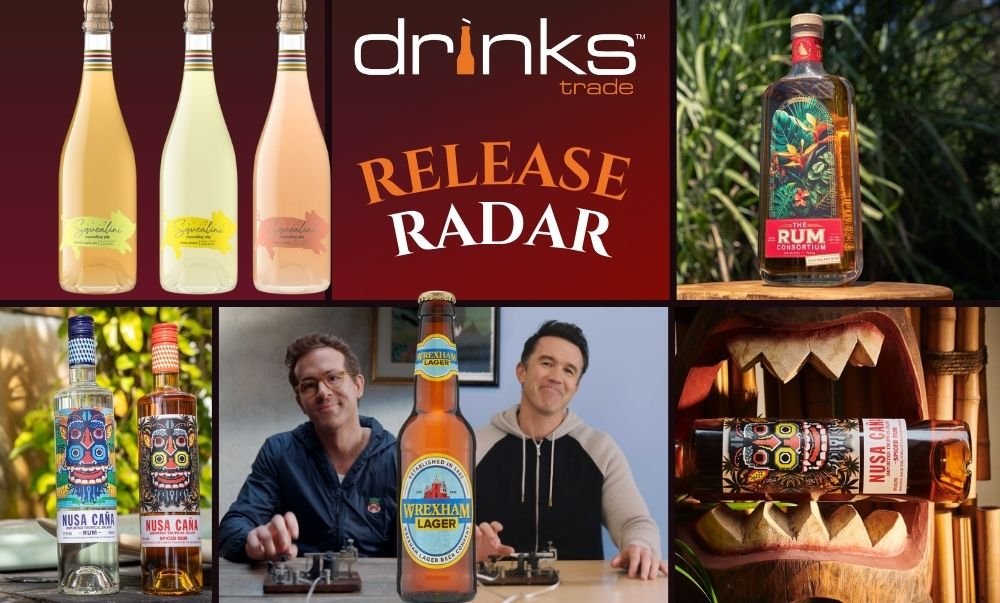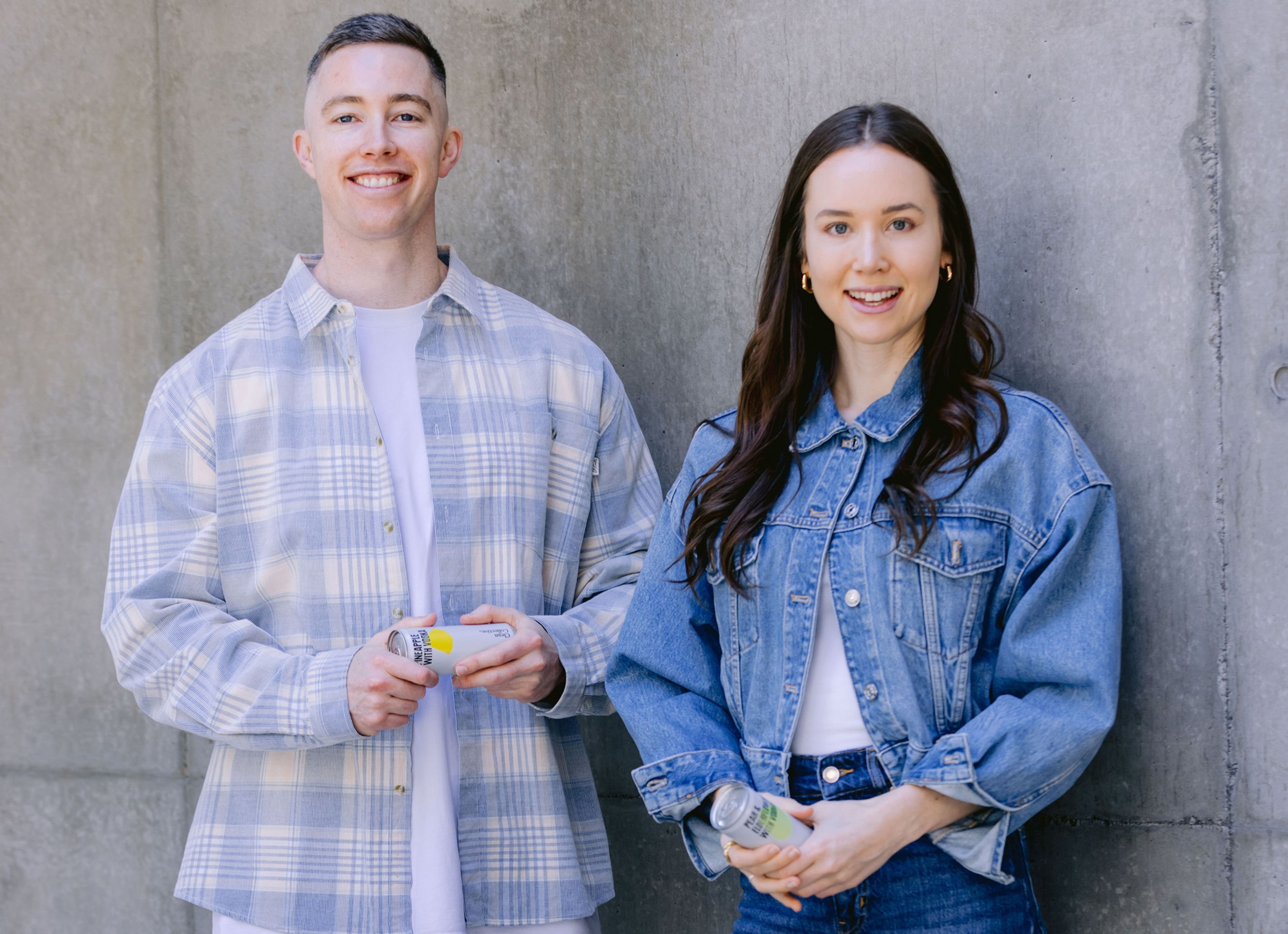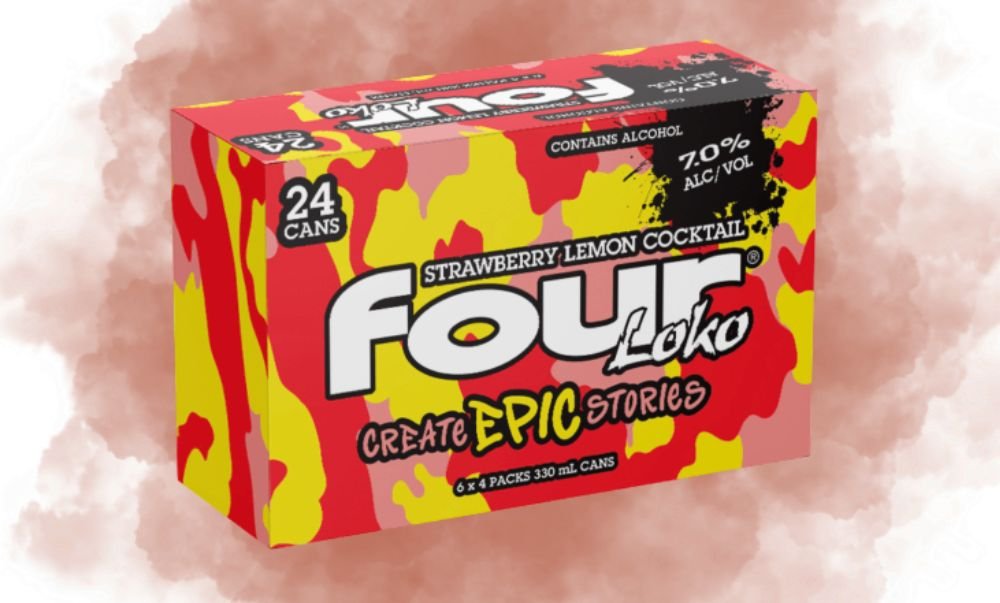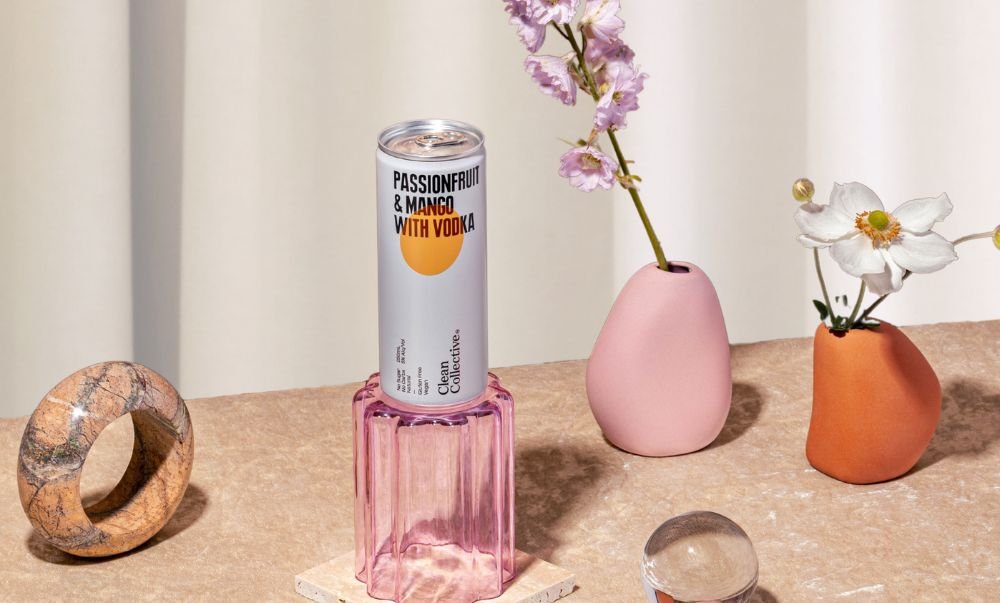Nielsen is predicting alcoholic seltzer will erode beer and wine sales as the segment continues to gather momentum during COVID-19.
The verdict comes as Lion prepares to launch the world's biggest selling brand - White Claw - in Australia.
In a new report Nielsen cautions suppliers not to underestimate alcoholic seltzers, saying they pose a threat to traditional flavoured beverages and core beer options.
Comparing March and April 2020 with the same two months in 2019, alcoholic seltzer buyers in the US decreased their share of spending on beer and wine, with beer losing 5.6 share points and wine losing 4 share points among this consumer group, while spirits were relatively unaffected.
Alcoholic seltzer brands are booming in the US - at the beginning of 2018, just 10 alcoholic seltzer brands were on the market. That number rose to 26 brands by the beginning of 2019, and more than 65 brands are now fighting for consumers’ attention and purchase.
COVID-19's most resilient segment
Retail sales of alcoholic seltzer in the US have remained strong during COVID-19. Since the week ending March 21, 2020, each week’s dollar sales of alcoholic seltzer within the US off-premise market has exceeded the week of July 4, 2019, which was previously the highest individual week of sales.
"Moreover, the week ending June 13, 2020 represented the fourth consecutive week during which hard seltzer drove more than $100 million in retail off-premise dollar sales, and the 10th consecutive week during which annual retail hard seltzer dollar sales increased by at least $50 million," Nielsen noted.
Before this year, alcoholic seltzer sales had fluctuated due to seasonality, but the segment is moving towards being a year-round powerhouse.
During the 15-week period ended June 13, 2020, alcoholic seltzer off-premise sales within U.S. retail quadrupled on a year-over-year basis, an increase of $900 million.
"Total hard seltzer sales for the 52-week period ended June 13, 2020 were $2.7 billion, and dollar share of total beer/flavoured malt beverage/cider has now exceeded 10% for four consecutive weeks (more than double the 4.4% share it held as of the 52-week period ending February 29, 2020)," Nielsen reports.
"Given this trajectory, we think it’s possible that hard seltzer’s share could reach 15% before the end of the summer."
Fighting for shelf space
Shelf space is limited at retail outlets and Nielsen predicts many consumers will become selective in their purchases amid rising unemployment.
"To win and maintain consumer interest, new and old entrants alike need to capitalize on new buyers of hard seltzer," it suggests.
In the month of April alone, one million households in the US bought hard seltzer for the first time, and almost twice as many households bought hard seltzer in April than in an average month before April.
Lion gets its claws into seltzer
White Claw leads the alcoholic seltzer segment in the United States, with sales growing by 315% in the year-to-date and in excess of 80 million cases sold.
White Claw will hit the shelves in Australia in October, with Lion acquiring the rights to import, market and distribute the beverage in Australia.
Lion will initially import and distribute three leading variants – Mango, Natural Lime and Ruby Grapefruit, with more to come.
James Brindley, Managing Director of Lion Australia, is bullish about the brand's prospects: “The popularity of White Claw cannot be disputed. Despite the fact the product has not actually been available in Australia up until now, it has well and truly earned its place in popular culture and is the market leader globally in this exciting new category. It is the most sought-after beverage brand in the world right now.
“It is a natural fit for our growing portfolio of adult beverages beyond our core beer range – and taps into a number of consumer trends around lower calorie and lower sugar products. We believe the seltzer category represents a significant growth opportunity for Lion over the coming years and we are looking forward to bringing the biggest seltzer brand in the world to Australia.”
The cult of White Claw
Launched in 2016, the brand has close to 60% market share of the seltzer category, almost three times the size of its nearest competitor, and in the process has become something of a cultural behemoth, with passionate consumers in their millions championing White Claw online.
It's made owner Anthony von Mandl a billionaire, with a net worth of about $3.4 billion according to the Bloomberg Billionaires Index.
Von Mandl sees White Claw as the beverage of the future. He told a beer wholesalers convention last year that “the consumers flocking to White Claw today are not going to magically return to the mega-beer brands of yesterday.”
Davin Nugent, CEO of Mark Anthony Brands International, said the company was thrilled to be working with Lion and excited to take the first steps with them into the emerging seltzer category in Australia.
"Lion has an outstanding track record of nurturing international brands to success in Australia and we look forward to working with them to introduce local consumers to White Claw Hard Seltzer," he said.
“Making the decision to come here was an easy one, as consumers familiar with the brand in America have made sure to have their voices heard on our social media channels, demanding we bring White Claw to Aussie shores.”
Australian seltzer market expands
Alcoholic seltzer has come a long way in a short time in Australia. Lion announced last October that it would be the first major drinks company to launch an alcoholic seltzer into the Australian market, when it added Quincy to shelves.
The Australian-made, gluten-free, lower carb and lower sugar alcoholic seltzer – containing a hint of either natural lime or passionfruit flavour – was introduced to capitalise on Australians moving towards healthier drinks options.
A slew of releases by major brewers and independents have followed Quincy.
In March, Asahi Premium Beverages launched Good Tides, Australia’s first vodka-based, sugar-free alcoholic seltzer. Good Tides features sparkling water with premium, triple distilled, vodka and a hint of natural flavour. It contains no sugar or artificial sweeteners and has only 85 calories per can.
In early May, CUB released Actual, its first white spirit premix since the iconic Sub Zero hit the shelves 25 years ago. Actual Vodka Seltzer is one of the lowest-calorie ready-to-drink vodka on the Australian market and is made with 100% natural ingredients to a vegan recipe. There are two varieties, pure and lime. Pure has no sugar and 65 calories, while lime is low in sugar and contains 69 calories.
There are also independent releases crowding onto the local market, including FELLR and Tidal.
Will Australians embrace alcoholic seltzer with the same fervour as the US, given our already crowded RTD market?
Actual Senior Marketing Manager Marc Lord is confident the answer is "yes".
“The hard seltzer market grew from nothing to become a multi-billion-dollar business in just five years in the United States," he said. "This is the next big thing here in Australia, and that’s why Carlton & United Breweries created Actual.”
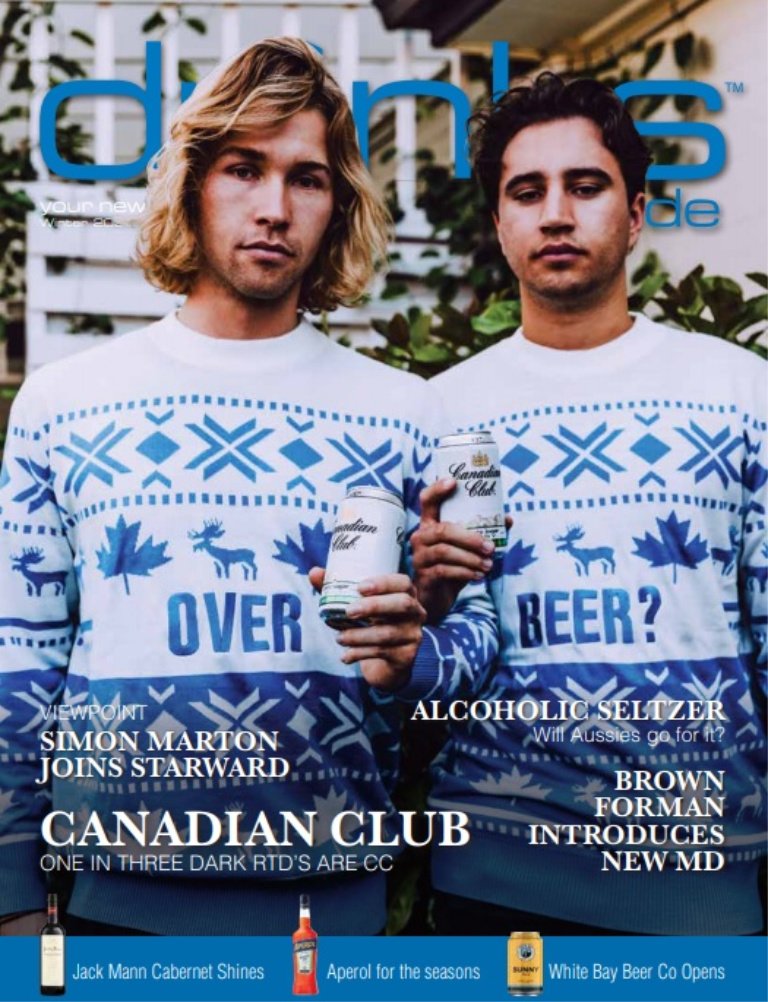
Read more about White Claw in the Drinks Trade Winter Digital Edition.
Share the content
